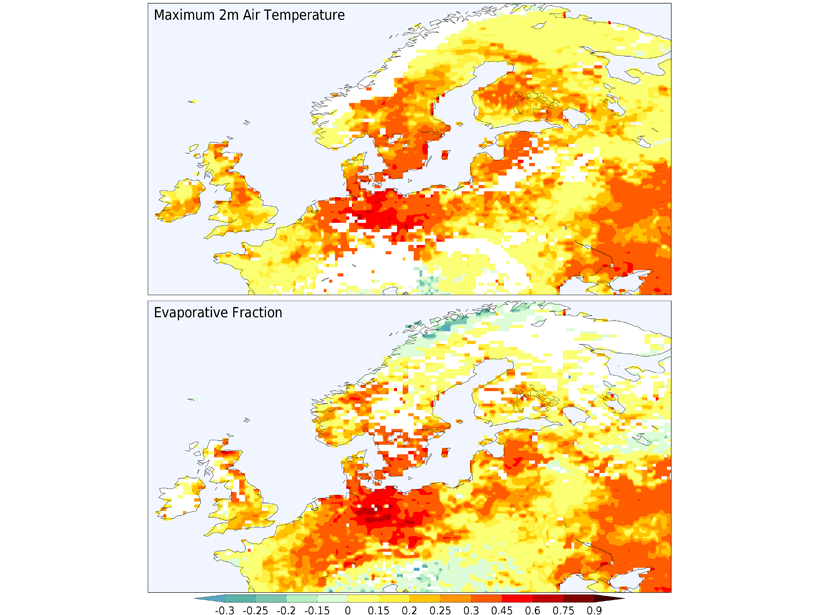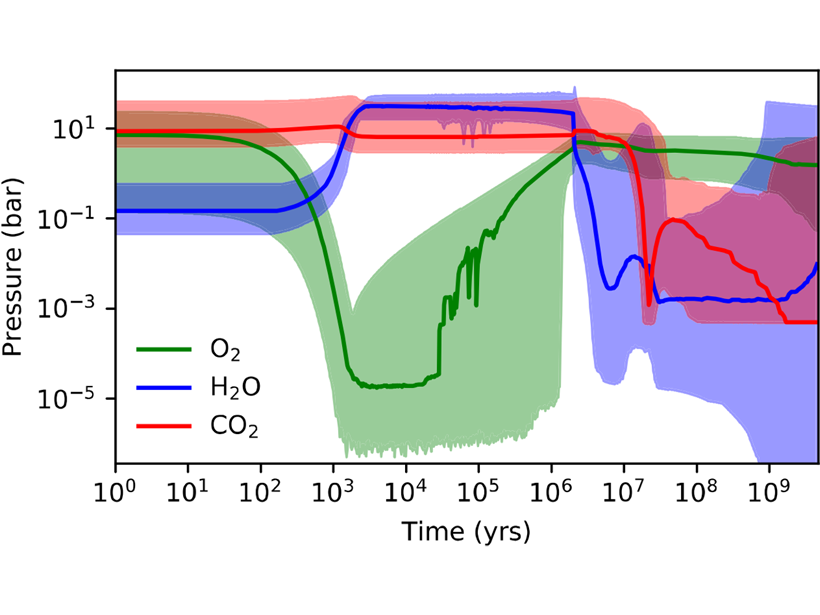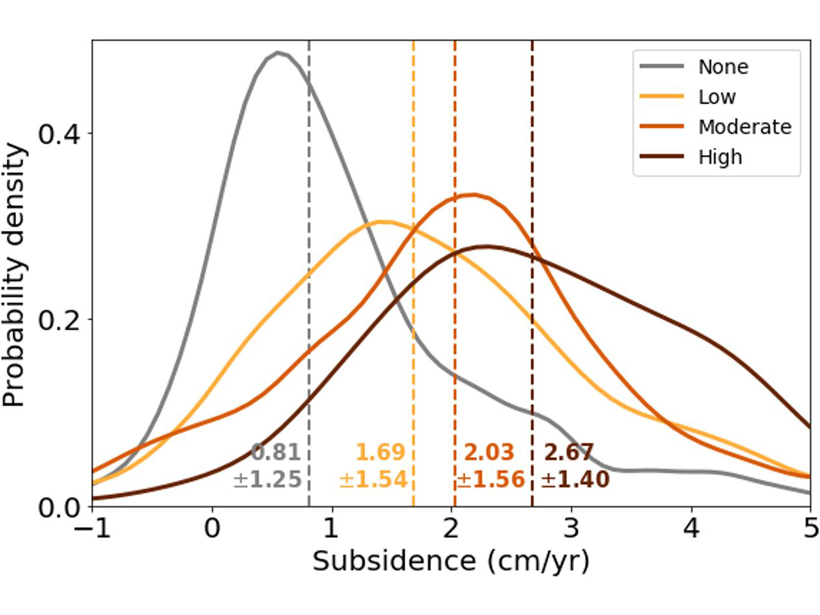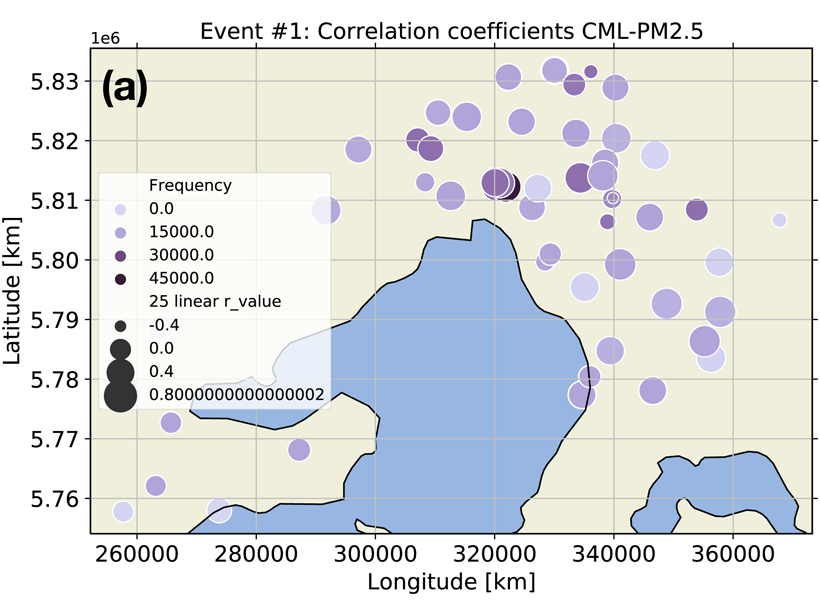A range of observations show that a shift in land-atmosphere coupling exacerbated the hot drought experienced in Europe in 2018.
AGU Advances
Is Atmospheric Oxygen a Planetary Signature for Life?
While some Earth-like worlds can generate significant O2 only by biology, “waterworlds” and “desert worlds” can build up O2 even without life because of chemical changes from atmosphere loss to space.
SE Asia Peatlands Subsidence Tied to Drainage Density
Human-made channelization significantly accelerates peat decomposition and drives ground-surface deformation in tropical wetlands.
New Data on Smoke Particulates from Cellular Radio Signals
Through analyzing radio links signal levels, retrieved surface smoke particulate concentrations can complement limited datasets from air quality stations in improving impacts analyses for wildfires.
How River Engineering Alters Carbon Cycling
Artificial levees in the Lower Mississippi River bypass floodplain processing and increase delivery of carbon to the ocean.
Dawn Storms at Jupiter
Juno spacecraft observations provide the first global description of dawn storms in Jupiter’s aurorae, from their initiation to their end.
Watering Down the Mantle
The cooling of planet Earth over time increased the water carrying capacity of the mantle and could have shrunk the oceans.
Modeling Interactions Between Cities and Climate Across Scales
With more than half of humanity living in cities, the ability to model urban-climate interactions at relevant spatial scales is increasingly important.
Going Down: How Do Cities Carry That Weight?
Calculations show that the added weight of growing cities can lead to tens of millimeters of subsidence, an effect that needs to be considered for coastal cities under threat by sea-level rise.
Deep Decarbonization? Yes We Can!
Modeling the U.S. energy system demonstrates several pathways to net-zero CO2 emissions by 2050. The pathway with the lowest cost, 0.2–1.2% of GDP, relies on >80% contribution of renewables.










